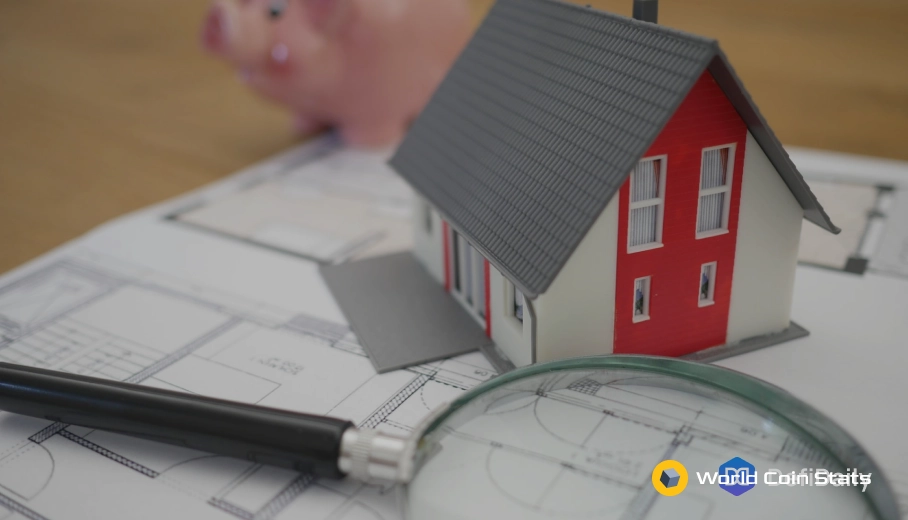How can Investors Receive Compounding Returns
Investing $100 a month or even a week doesn’t seem like much, does it? How will that small amount ever amount to enough to pay for your retirement? It seems impossible, but with the magic of compounding returns, it’s more than possible.
The earlier you invest your money, the greater chance it has to grow and/or compound. Even if you didn’t start investing at a young age, though, it’s never too late to start. Now is better than later as your earnings have more time to grow.
What are Compound Returns?
When you invest principal, it grows based on the quoted interest rate. Let’s say you invest $500 in an account at a 5% rate. In one year, that $500 turns into $525. In the second year, it grows to $551 and in 10 years it grows to $814 and it all started with just a $500 deposit.
How do the earnings grow that fast? It’s the compound returns or the money invested plus the interest. As long as you leave the money in the investment, your interest begins to earn interest. As long as the investment remains, your interest compounds, making your earnings grow much faster than they would with just regular deposits.
How Compounding Returns Work
Not every investment offers compounding returns. The investment must pay some type of earnings, whether dividends or interest, and you must reinvest the money or leave it in the investment for earnings to compound.
Here are two examples:
- Compounding interest – This is like the example above. The investment earns a fixed rate of interest, but then your interest earnings earn interest. The longer you leave the money in the investment, the more the returns compound, giving you greater returns.
- Compounding dividends – Rather than interest, these investments earn dividends. This occurs with dividend-paying stocks. Companies pay dividends from their profit-sharing, typically quarterly. If you reinvest the dividends in more stock rather than taking the cash, you compound your earnings.
Products with Compounding Returns
Not all investments with compounding returns are ‘risky,’ but the ‘riskier’ an investment, the higher the returns you’ll earn. Some of the available products include:
- CDs – This savings product offers higher interest rates than a standard savings account and offers compounding interest. You invest a set amount in a CD for a specified period. The bank assigns an interest rate and compounding frequency to the CD. Your investment begins to earn interest, and your interest then earns interest until maturity.
- Mutual funds – This collection of stocks, bonds, and money market instruments earns dividends. Rather than cashing out the dividends, though, they reinvest the money to buy more mutual funds. When you do sell the mutual funds, you’ll have more shares than you started with thanks to compounding returns.
- Exchange-traded funds – Like mutual funds, ETFs are a basket of funds that follow an index. ETFs also pay dividends. Rather than paying the ETF holders the dividends, though, they buy more shares with it. Your next dividend is larger. As long as you stay invested in the ETF, your earnings compound.
Using the Right Investment Strategy
No one can predict which investment strategy will yield the best results. However, certain strategies have a history offering compounded returns:
- Passive investments – If you have the patience of a saint or the willpower of a superhero, try passive investing. No matter what the market does, you leave your investment. This gives your investment plenty of opportunity for compounding. You don’t jump out of the market at the first sign of bad news. It does require an iron-clad stomach as you’ll ride the market’s ups and downs.
- Tax-loss harvesting – Tax-loss harvesting helps offset capital gains with your losses. If you sell a stock for a loss, you can write off that loss. But, if you have simultaneous capital gains, you can deduct the loss from the gain, therefore paying fewer taxes. The lower tax liability leaves you more money to reinvest in the market, compounding your returns.
Compound returns should be your goal or at least one of your goals when investing. Choose investments that create compounding returns and choose the right strategies to increase your chances. While there’s no guarantee with any type of investment, you can increase your chances of a positive and compounded return using some or all of these strategies.




